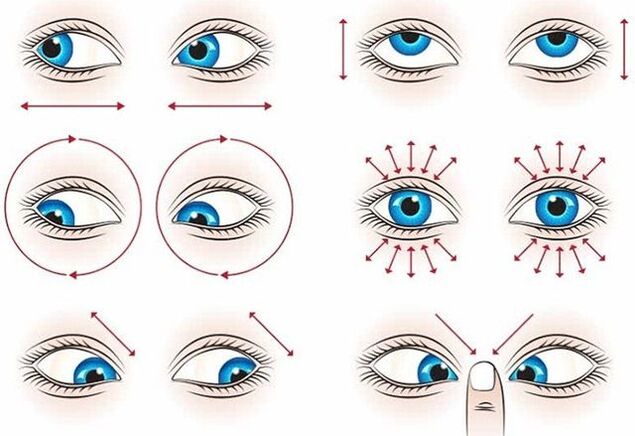
Wear glasses or contact lenses and dream of seeing a clear picture without the "eye for the eye"? You are not alone. People on the planet approx. One third suffers from violation of visual acuity, wants to restore and look at the world in a new way. The light refraction problems arising due to the surge have a good influence on correction and can be fixed at home. At the same time, there is only a qualified surgeon who chooses an effective treatment method, saves it from severe shortviews, astigmatism or distant vision.
Visual recovery methods at home
The prevalence of myopia and distinction among patients of different ages is looking for all new methods of ophthalmologists for their rapid, effective and painless elimination. Hundreds of people try different techniques every day to improve vision, hoping to get rid of the glasses and contact lenses. The following methods of treating refraction disorders are most widely used:
Special sets of practices
If you often visit an ophthalmologist, you will probably know the corrective gymnastics. To prevent visual disorders, prevent post -operation recovery, and eliminate myopia. As a general rule, such a complex includes the glance up, down, side -by -side exercises, etc. Such classes, which are poor in myopia, have a good effect, due to prolonged chain, with frequent work of computer. Due to more severe violations, the effect will be less noticeable.
Bates method
The "workout" built on the eye. It consists of alternation of passive and active exercises. The most famous of the first is the palming, which aims to relax the visual organs as much as possible, limiting the access to light to achieve complete peace of mind.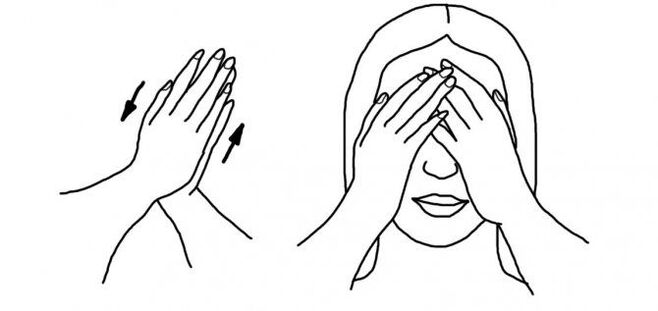
To do this, the eyes close for a few minutes with their palms until a black field appears in front of them, not instead of the light spots. Dynamic exercises are based on classic gymnastics using visual turns, rotation, eyes, blink. Bates also suggested that the energy of the sun (solarization technique) and the pirate glass are used to treat myopia, in which one side is closed with black paper or material.
Zhdanov's method
Based on the examination of the audit ophthalmic table. This is the daily "reading" of the letters on it: first with each eye and then both. The training takes at least 5 minutes three times a day. The complex is then complicated by the exercises to move glance, blink and focus that alternate with viewing the table.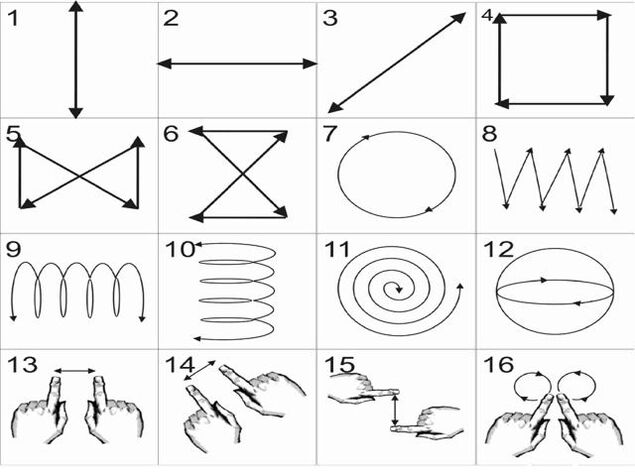
Hardware method
It allows you to stop the progress of myopia and distant vision, improve visual acuity, and sometimes completely restore it. Based on the use of special ophthalmic simulators, which are:
- relieves the tension of the eye muscles;
- Improve bloodstream in the area of visual organs;
- Help the quick recovery after operations;
- Remove the cramp with high visual load.
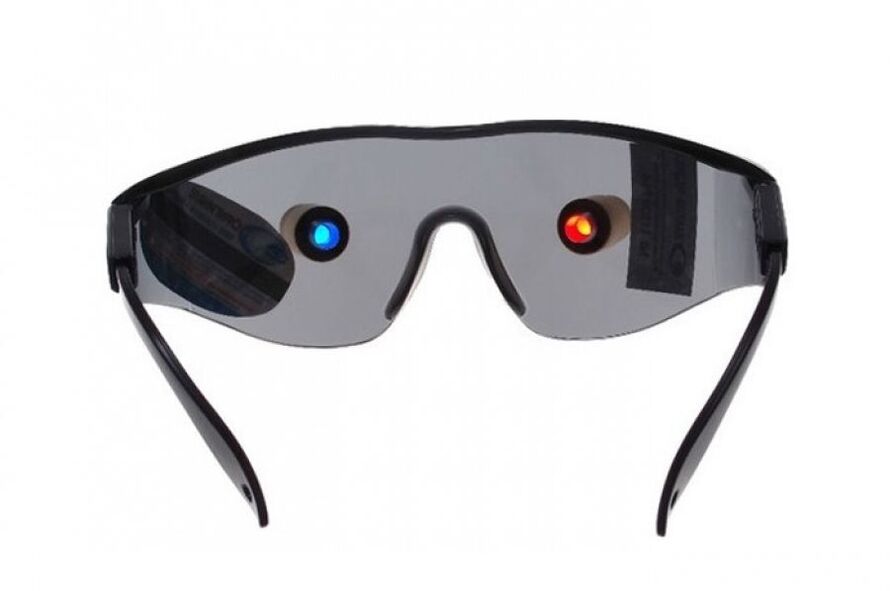
Therapeutic courses with glasses are usually prescribed twice a year. Eyes can be used in children and adults.
Heavy night orthocrateological lenses
In a short period of time, they can improve vision without surgical intervention and stop progressive myopia. They can be used in children over 7 years of age for 50-60 years in adulthood. They help in the early stages of myopia (-10 diopters), astigmatism (-1, 75), remote vision (+4 diopters), adjusted to the proper shape. Unlike classic contact lenses, which are worn as an alternative to the glasses during the day, they are strictly worn on therapeutic night. After awakening, one can see well and can do without tools to increase visual acuity during the day. The disadvantage of the methodology is the need for prolonged use of ortholines, discomfort, the need for selection, and the presence of restrictions.
Medication and folk therapy
Special drops can be prescribed for treatment and prevention of refraction disorders, which promote the restoration of the eyes after injury, improve the retinal condition, remove visual muscles and improve blood circulation. 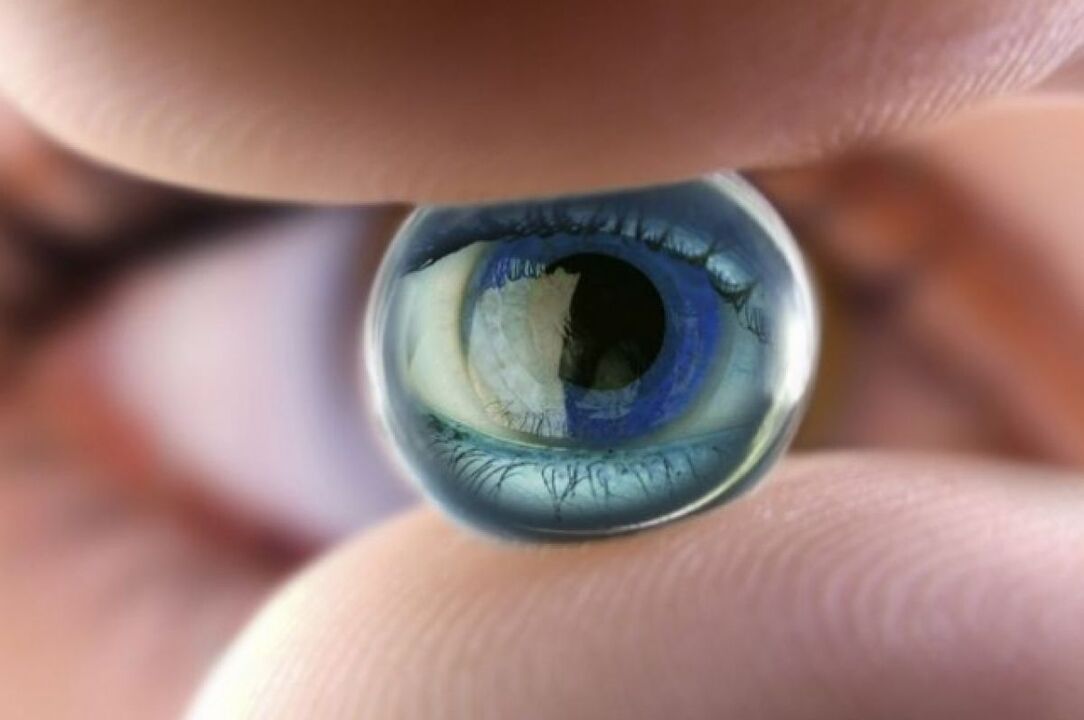
Alternatively, pharmacy products are practically practiced with strong black tea, honey (drop 1 drop for 2 weeks), raspberry infusion (applied to the eye), carrot juice (drink on a hill), contrast baths. But they do not give a significant effect and require caution in use.
Laser correction and implantation surgery
The most advanced methods that eliminate even severe refraction disorders prevent age -related vision changes and allow them to completely leave points.
Ophthalmologists also occupy an important place in eliminating a proper nutrition breaking, especially with regard to the A, B, C, E, E, Elena, Zinc Tracking elements, a healthy lifestyle, positive mood. Massage, visual stress and relaxation alternation, blueberries, special complexes based on natural carotenoids have a good effect on the treatment of eyes.
Is it possible to quickly improve vision?
Almost everyone has the ability to see it today. The technologies of the eye microsurgery are not available and they offer increasingly advanced correction methods. Safe, painless and comfortable.
Laser operations to eliminate ametropia are performed in 15-30 minutes and the patient can return home immediately. Complete healing lasts for 1-5-7 days, but during this period you see it normally without glasses and you only need careful care of your eyes.
Experts work with different refraction disorders:
- myopia;
- hyperopia;
- Astigmatism;
- Mixed pathologies.
They help in a professional ophthalmic clinic even in difficult cases. Doctors also eliminate severe myopia (up to -25 days), distance (+20 d) and astigmatism (for 6 days). They help a thin cornea, keratoconus, age -related changes in the age -related changes in the lens and retina.
How to improve vision: modern methods
You can restore the ability to clearly see the "eye injections", wear bandages, or stay in hospital for a few weeks. After surgery, there is a slight discomfort that usually disappears within a few hours (sometimes on days). The correct functioning of the vision is carried out in 20-30 minutes, from which the effect of the laser is only divided into 20-30 seconds.
What methods are used to eliminate ametropia in professional clinics? Above all, laser correction:
Laser vision correction
Fast and safe technique to refund visual acuity. It changes the curvature of the cornea, preserving the integrity of the first wall. This differs on the minimum list of contraindications and does not require long -term healing (healing occurs during the day). During the process, 1 micro-outle (2-4 mm) is made with a femo-axet laser through which the "unnecessary" tissue of the cornea (lenticula) is removed.
The average time in the operating room is 20 minutes and the laser is 25 seconds. Due to the gentle nature of the procedure, the sensation of the opposite foreign body is already 2 hours after the intervention.
Preparation: Rejection of contact lenses and makeup on the day of operation.
Visual correction
An operational, painless and effective technique that reduces the risk of postoperative deformations to 1/10000. It is recommended for patients with distant vision (+6, 0 D), myopia (up to -10, 0 days), mixed with astigmatism (± 3, 0 d). Suitable for people with gentle and moderately thin cornea with complex pathologies. This allows you to improve vision while maintaining contrast sensitivity, normal detection of dusk in foggy and rainy weather. This is performed by a high -precision femtose laser that results in a thin incision on the cornea surface (up to 20 mm).
The time in the operating room does not exceed 25 minutes, surgical intervention - up to 1 minute. Primary healing occurs within 2 days, and the visual functions are completely restored in a few weeks.
Preparation: Denial of contact lenses 1-2 weeks of the procedure, cosmetics, perfumes for a few days.
Photo refraction keratctomy
It is carried out on the outer layers of the cornea without changing the internal structure of the eye. It has restrictions on the degree of amethropy: myopia -1, 0 and -6, 0 D, astigmatism -0, 5 -3. 0 D, Far vision -+3, 0 D. is applied when applied.Visual recoveryOther methods are impossible. Suitable for diluted cornea. The operation is performed on an outpatient basis within one day. Visual functions are completely restored within one month. Within 3-5 days of the intervention, it is recommended to wear protective lenses to reduce discomfort and accelerate healing.
In situations where laser repair is impossible or inadequate, implant operations are used:
- Fox intraocular lenses-This means implantation of a biomocrated lens through a 1, 6 mm micro -outle. The operation can be reversed (the lens preserved). It is recommended for people under the age of 40 who have a high level of myopia (up to −25, 0 d), hyperopropy (+20, 0 days), astigmatism (up to 6, 0 d), which are contraindicated to laser repair. The lens with positive or negative optical power is placed in the front or back of the chamber (seams are not required). The operation is approx. It lasts 15 minutes and is executed on an outpatient basis. Visual functions are restored throughout the day.
- Multifocal contact lenses.It is recommended for age -long, cataracts, myopia, astigmatism. They allow you to see well in the distance and nearby. The implantation of the multifocal lens is performed through a 2, 5 mm micro output. After surgery, the distortion of the images, the color sensation, which disappears when the lenses (within 2-3 months) can be observed.
- Refraction for the lens, loosectomy.It is recommended that strong ametropies, lens changes, eye injuries, the risk of glaucoma against short -sighted and hyperopia are recommended. This includes replacing the craftsman of his own lens through a 2, 5 mm micro -outlet. After implantation, good vision remains forever, the risk of cataract is excluded. The operation takes 15-20 minutes. Rehabilitation period-3-4 weeks.
Goods and contraindications: Correction is always possible?
Correct refraction disordersCanWith any remote vision, myopia and astigmatism. If low acutevisionIt disturbs your life, the inconvenience, and does not allow you to do what you love, to contact a special clinic. We are helpingrestore"Clean image" without pain, fear and longer rehabilitation.
Each correction method has restrictions that are connected to both the general condition of the body and directly to the eyelets. For example,ResetlaserPerhapsOnly 40-45 years until age changes develop. Once the refraction is violated, they are eliminated by implanting the lenses or replacing the lens. As a general rule, children and adolescents do not improve the correction, as during this period the characteristics of the eye set change and the risk of "deficiency" change with the amount of intervention.
Operations may be an absolute contraindication:
- multiple sclerosis, diabetes mellitus;
- Progressive cataract, glaucoma;
- infectious and inflammatory diseases;
- Blood coagulation disorders;
- kidney and laundry failure;
- Serious pathologies of the cardiovascular system.
There are more detailed contraindications on the side of each technology. The number of lowest restrictions is a minimally invasive method that is suitable for dry eye syndrome and thin cornea.
Why is it better to restore vision in the clinic?
See the world without glasses and contact lenses after correction -HowOverview. The usual items obtain clear outlines and life comes with new colors. So that the result does not cause disappointment and continues the operationTo improve visionIt is only with professionals.
Special clinics offer visually impaired patients:
- Comprehensive examination and consultations with experienced ophthalmologists;
- Individual selection of correction methods;
- outpatient operations under the control of trained trained surgeons with local anesthesia and the possibility of sedation;
- the use of high accuracy lasers with personalized profile;
- Compliance with ISO 9001 existing hygiene standards and requirements;
- the risk of minimal complications due to minimally invasive intervention methods and 20 years of experience in the area of laser correction;
- Effective treatment of cataracts, glaucomas, retinal diseases, keratoconus.
By the price of servicesvision restorationIt depends on the technology used to eliminate ametropia. Using a laser methodology, the amount of refraction violation also affects the cost of the procedure.




















